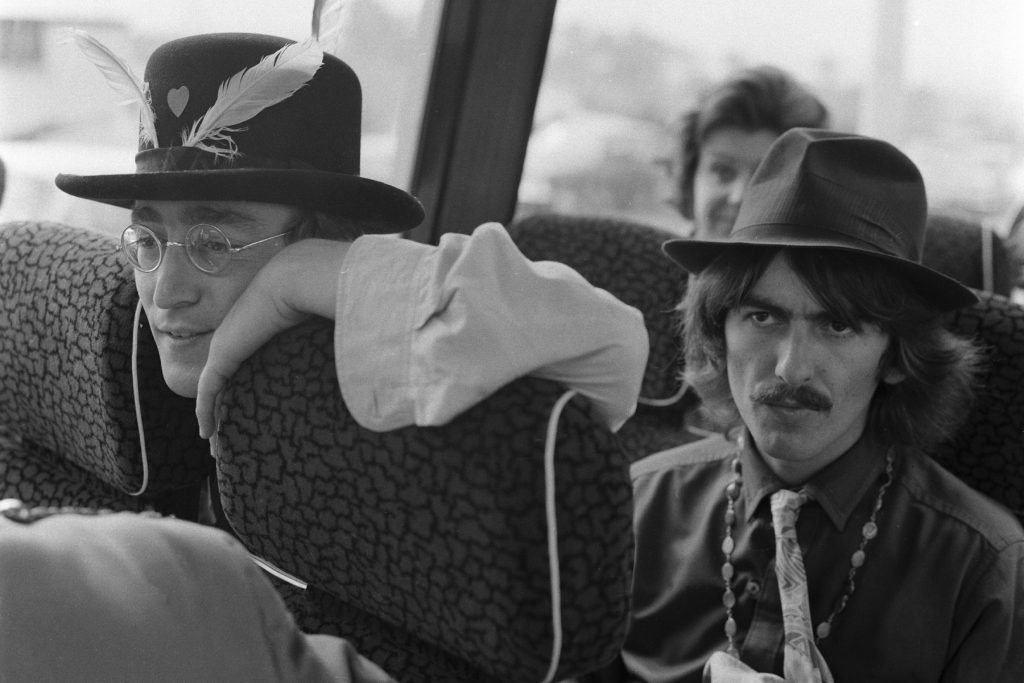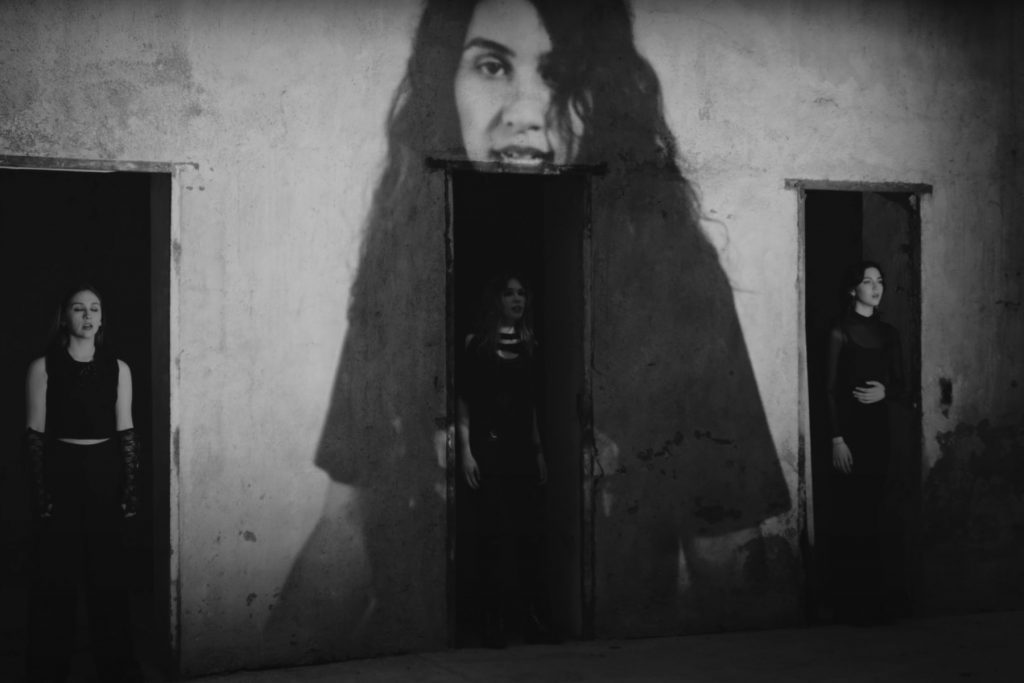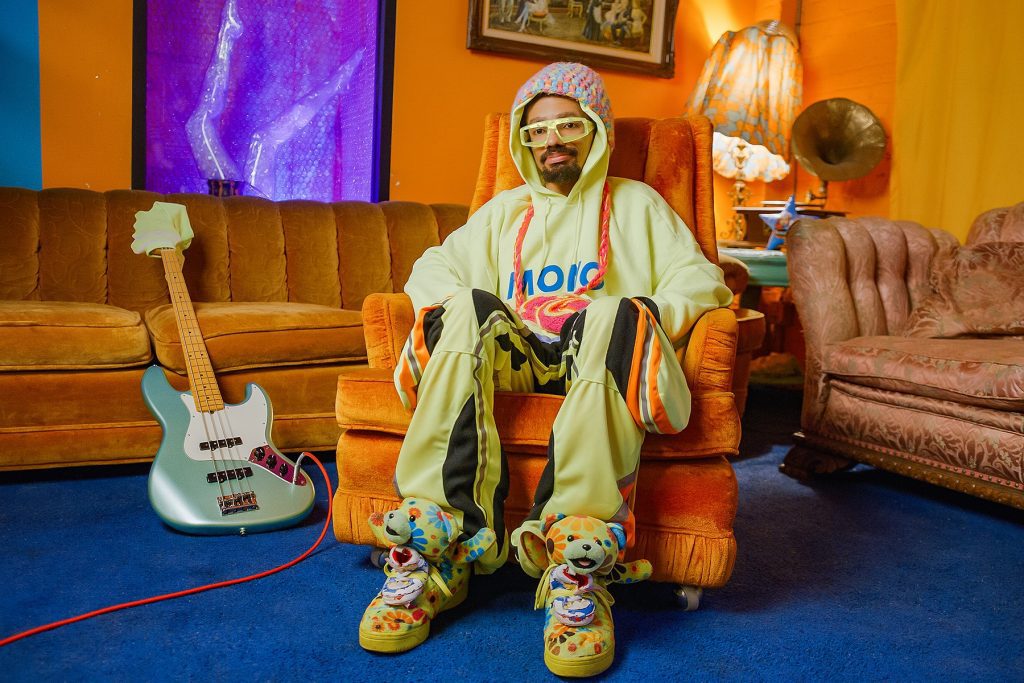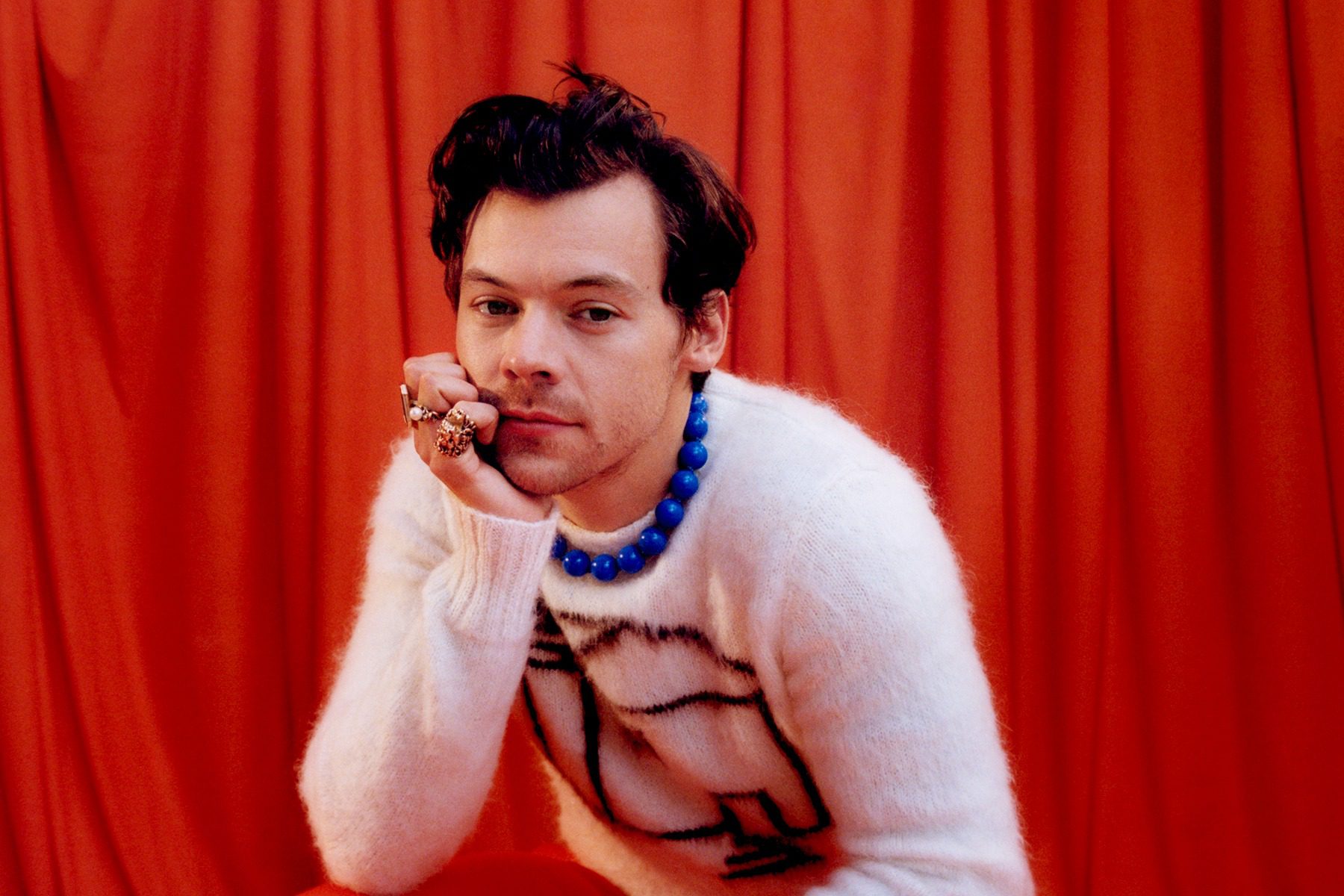
Five Artists on What It’s Like to Sing Elvis Costello’s Songs in Spanish
When Elvis Costello decided to re-record his album This Year’s Model entirely in Spanish, he knew he wasn’t going to do it alone. He saw the entire thing as a lively, hands-on collaboration in which he’d give Spanish-speaking artists access to the original master recordings from the iconic 1978 LP and let them interpret the songs exactly how they wanted. He and the producer Sebastian Krys enlisted a varied set of musicians from around the world and watched as each of them added their own magic to the anticipated project, which is called Spanish Model and is out today via UMe.
Below, several of the artists — Fito Páez, La Marisoul, Juanes, Draco Rosa, and Francisca Valenzuela — reflect on what it was like to sing Costello’s songs and what his music has meant to them throughout their careers.
La Marisoul, “Detonantes” (“Little Triggers”)
I was on Olvera Street [in Los Angeles], where I used to busk, and sometimes these homeless men would pass by and sell things that were obviously stolen. One day, this guy was passing by with a duffel bag full of CDs and I saw this one by Elvis Costello — a cover that was checkered, and it showed this super-cool guy with glasses and a guitar. I think it was some kind of double version of My Aim Is True, with songs like “Alice” and “[The Angels Wanna Wear My] Red Shoes.” I felt like he was speaking to a lot of things that I felt. So that’s how I was introduced to his music, through stolen CDs. [Laughs.]
blogherads.adq.push(function () {
blogherads
.defineSlot( ‘medrec’, ‘gpt-dsk-tab-latin-article-inbody1-uid0′ )
.setTargeting( ‘pos’, [“mid”,”mid-article”,”btf”,”in-article1″] )
.setSubAdUnitPath(“music//latin//article//inbody1”)
.addSize([[300,250],[2,2],[3,3]])
;
});
It was a super treat to get to sing “Little Triggers.” I think it’s the only ballad on the record, so when Sebastian brought the idea to me, I was like “Hell yeah.” I love all of Elvis’ songs — his love songs, his lust songs. As a fan and as a listener, what I love is the way he sings. When he does songs like this, it’s so much about the feeling. I could feel his breath, his urgency, his desire. I was inspired by that and how he delivered such emotion. To me, that’s the most special thing about him. He’s an amazing rock & roll singer and songwriter, but when he sings these types of ballads, he really knows how to get in there. It’s not about how tuned or beautiful the voice is, it’s about the feeling for me. And he makes me feel.
So that was my approach — I was like, “Okay, I’m gonna live in these lyrics.” I wanted to live in those feelings of little triggers and think about those feelings when a person gives you a little look or when you’re trying to decipher what they’re doing to you. It wasn’t hard to get into it and to convey that. Spanish is my first language and singing in Spanish and writing in Spanish feels very, very personal to me, so to be able to take these songs from this extraordinary songwriter and interpret them in Spanish is important. It’s de corazon — it’s from the heart. I hope that it reaches and touches people in different ways, and not just people who speak Spanish, but people who love music and who love Elvis Costello.
Fito Páez, “Radio, Radio”
I started to get to know Elvis Costello’s music with the 1991 album Mighty Like a Rose. That generated a shock for me, and from there on, I became a radical fan. I started to go through all his work, which even today continues to astound me, and I worked backwards: Armed Forces, This Year’s Model, all these records that helped me discover this man, this artist, who is so eclectic, so erudite, but also has a huge sense of humor and a great sense of oration and storytelling. Through the passing of the years, he’s maintained not just his perspective, but he’s been able to relay stories and incorporate ideas from another genres, like literature, and that makes him an artist who is always giving his audiences the gift of surprise. And you can also see his genius as a composer since the beginning of his career, as well as his supreme abilities as a singer. You can put him on a list of the 50 best singers in the world, if not the top 10.
What happened with [the recording of “Radio Radio”] is that when I read the lyrics, I realized we had to amend the song and bring it to the present day. The radio that Elvis is singing about isn’t the radio of today. So, what I did was amend it and put it in today’s era and present myself like this old dinosaur who goes back to his little radio to listen to Elvis Costello… He sent me a beautiful email and said that he loved what happened with the lyrics, because he’d also felt that we had to do something with the text to make it relevant to today. And he said I’d surprised him with all the directions I’d taken the song. To surprise an artist like Elvis is no small thing!
blogherads.adq.push(function () {
blogherads
.defineSlot( ‘medrec’, ‘gpt-dsk-tab-latin-article-inbody2-uid1’ )
.setTargeting( ‘pos’, [“mid”,”mid-article2″,”btf”,”in-article2″,”mid-article”] )
.setSubAdUnitPath(“music//latin//article//inbody2”)
.addSize([[300,250],[300,251],[2,4],[4,2]])
.setLazyLoadMultiplier(2)
;
});

Elvis Costello and Juanes
Paul Moore
Juanes, “Pump It Up”
When “Pump It Up” was released, I was about six years old, maybe. But for some reason, I really remembered the video from MTV. And of course, on the radio in my hometown in Medellín, they used to play “Pump It Up,” so I was familiar with the sound and with the song — it was in the very back of my mind, but immediately, when I listened to it, I said, “Of course, I know this.” The first time Sebastian called me and told me about the project, I said, “Wow, man, this is so original.” Normally, you’d just go and re-record everything and you’d do a whole new version of the song, but for this project, we’re working with the same tracks that they recorded 40 years ago. When I was in the studio, the first thing I usually do is I put a click on the session — but quickly, I started to realize that these guys were playing with no click. It started at one BPM and went into another one, faster. I love that.
A very cool thing for me was just to learn from the masters. We grew up listening to music from England, music from the United States. I’m from Colombia, Sebastian is from Argentina, so we grew up listening to these guys, and now we have the opportunities to be inside of these tracks. We can listen to Elvis’s breathing when he’s singing, we can listen to all the layers separately. I got to analyze the structure of the song, and I kept thinking, “This is freedom.” There weren’t rules about anything and to learn from them, I feel so grateful for that.
Another cool thing was to do the translation to Spanish. Sometimes I was kind of confused. I called Sebastian and said, “Sebas, I don’t understand, what is the meaning in this part of the song? I don’t know. I don’t get it.” And then he would tell me “Oh, Elvis is talking about this, about that, about that.” So then, I was able to take the meaning and put it into my own words, into the Spanish way of thinking. That was a very special exercise because no matter the language, it’s about capturing the same feelings that we all have.
blogherads.adq.push(function () {
blogherads
.defineSlot( ‘medrec’, ‘gpt-dsk-tab-inbodyX-uid2’ )
.setTargeting( ‘pos’, [“mid”,”mid-articleX”,”in-articleX”,”mid-article”] )
.setSubAdUnitPath(“music//article//inbodyX”)
.addSize([[300,250],[300,251],[3,3],[620,350]])
.setLazyLoadMultiplier(2)
;
});
Francisca Valenzuela, “Hand In Hand” with Luis Humberto Navejas
It’s funny, because I was telling Sebastian that I got into rock when I was older. I’m a full-on pop-head — I grew up listening to Mariah Carey, Ace of Base, and Spice Girls, and when I went to Chile, I listened to a lot of Chilean music and singers. I discovered Elvis Costello originally through Diana Krall, who I loved because she was a pianist and I’m obsessed with piano players and jazz. I saw that Diana Krall was married to this guy that all my musician friends loved, named Elvis Costello — but I was already like 20. What struck me and what I connected to the most at first, before I even got into his discography, was this punk personality. By punk, I mean artsy and quirky and direct and eclectic, all of the things I love from art-rock bands and things like that. So that grabbed my attention. From there, I began to familiarize myself with his work. I got to know This Year’s Model and Imperial Bedroom, which are the two albums of his I know best. When we began working on this project, Sebastian began telling me about the collaboration with Burt Bacharach [1998’s Painted from Memory], and then I started looking at his other albums, because he has a body of work that’s so impressive and that’s super-inspiring as an artist. You think, “Wow, one can only hope to have a career with that kind of longevity, relevance, and full of exploration.”
I love that an English-speaking artist as iconic as Elvis Costello would want, and give permission, to do [a project] like [Spanish Model]. I think it reflects something we’re all interested in, which is the multiculturalism and syncretism of music. That’s what I find beautiful and interesting about this: The thinking that music is a universal language, that you can codify music in many languages, but you don’t have to restrict it and pick one language for certain regions or countries. It can be global — and Spanish, more than ever, has the potential to be global, to generate a huge audience, to have a huge impact. So, I love this as an artistic and as a linguistic project. And I love it as a statement that says art isn’t this sacred, untouchable thing — and you can give it the space to take on another form and take on new life somewhere else.

Draco Rosa
Paul Moore
blogherads.adq.push(function () {
blogherads
.defineSlot( ‘medrec’, ‘gpt-dsk-tab-inbodyX-uid3’ )
.setTargeting( ‘pos’, [“mid”,”mid-articleX”,”in-articleX”,”mid-article”] )
.setSubAdUnitPath(“music//article//inbodyX”)
.addSize([[300,250],[300,251],[3,3],[620,350]])
.setLazyLoadMultiplier(2)
;
});
Draco Rosa, “Yo Te Vi (The Beat)”
I remember when I was growing up, like in the Eighties, I heard a lot of recordings of [English-speaking artists] doing their español version, but they were always forced. They never really felt right. But this version, when you let an artist do their thing and interpret it their way, but still on the track — there’s some magic to that because you get some authenticity in the game. [With “The Beat,”] I just love the recording of it. We were able to hear the tracks at our studio, at Phantom Vox, and we were like little kids in a candy shop, we were like, “Oh my God.” Those are the great treats in life, when you think of folks that are breaking ground, the whole British scene, what Elvis represents. For me, anyway, it was unbelievable. I had such a good time that day. I was a little concerned about trying to find that thing, that authenticity. I remember getting a few calls, like “Did you, do it? Is there something we can listen to?” And I’m like, “I’m gonna do it, I’m on it!” And then of course we did it and I had the best time that day.
When I get into something, I do it at the moment. I have no planning skills. I’m terrible at planning, even for my own stuff. Maybe to my detriment at times, I’m an emotional guy. I only go to the studio because I’m feeling it, whereas I have buddies who are prolific writers, who are at the desk, writing away, playing away, thinking a lot. I don’t do that, I don’t know how to do that. I’ve tried to do that, I suck at that. But I’m great at going at the cuff. When it comes to the Elvis thing, it was like, “Okay, this is the day,” and I jumped in and worked on it then and there. And I think it came out all right. I’m pretty pleased with it. I was dancing that day, and to me, if I can dance, I’m in a good place. He has that thing where he says [in “The Beat”], “Nothing here has changed, just the beat.” That’s life for you, right?




